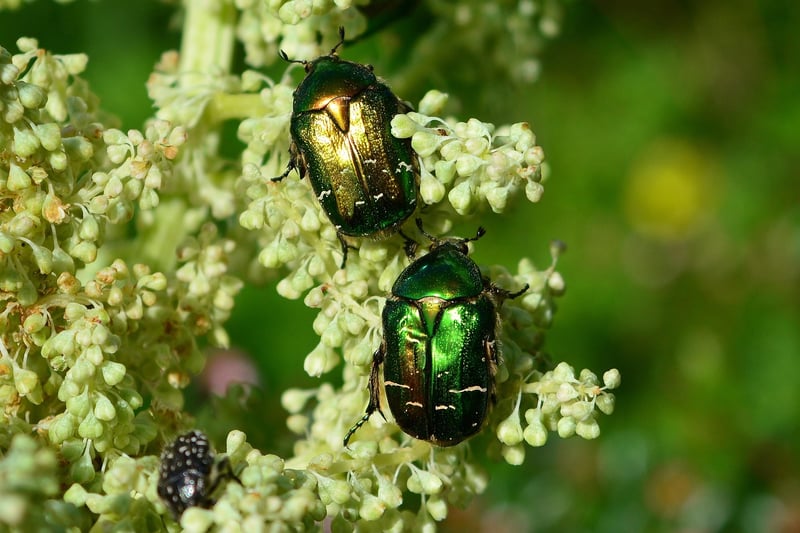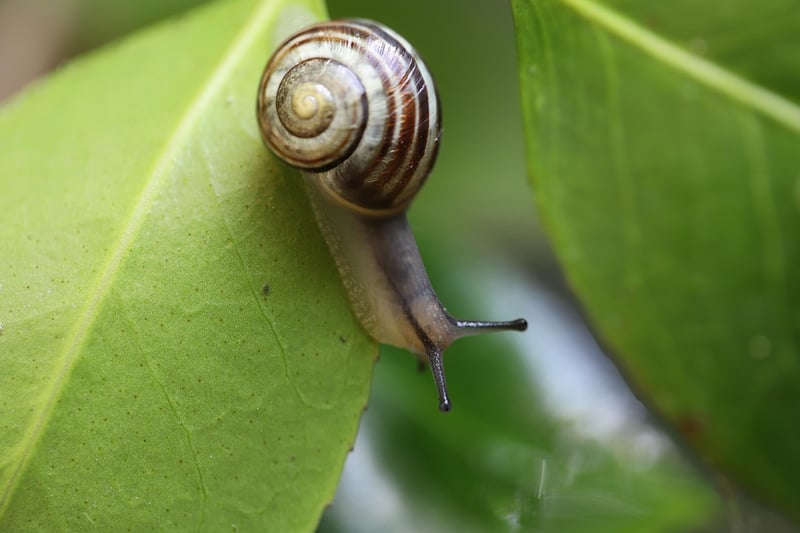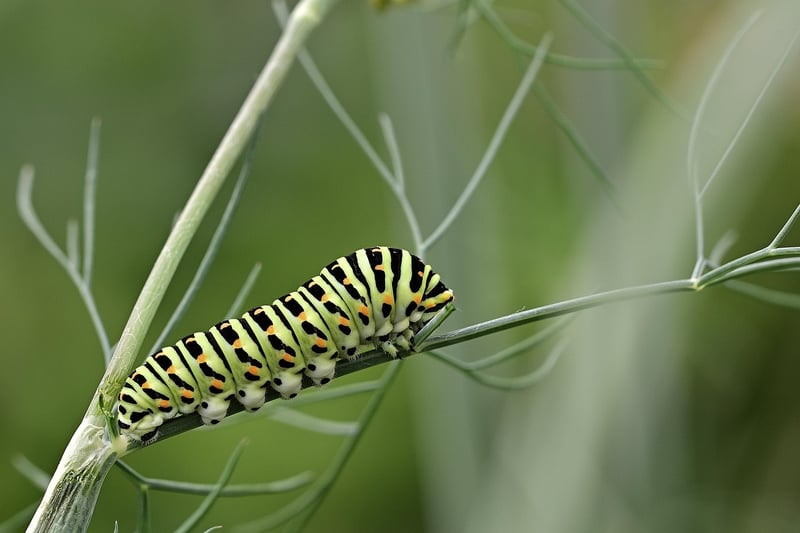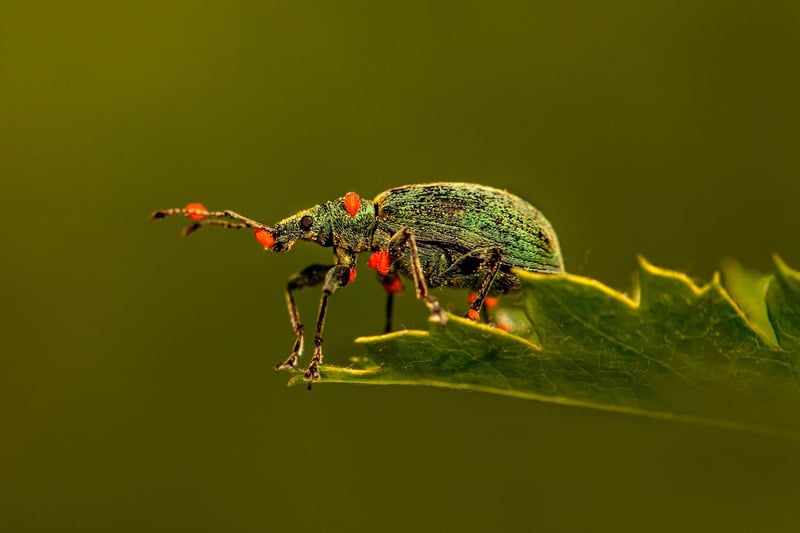Identifying Pests
Managing Garden Pests
Introduction
Gardening can be a rewarding and therapeutic hobby, but dealing with pests can be a frustrating challenge. Knowing how to manage garden pests effectively is essential to maintain a healthy and thriving garden.
Identifying Pests
Before you can effectively manage garden pests, it's crucial to identify them correctly. Here are some common garden pests you may encounter:
Aphids
Aphids are small, soft-bodied insects that feed on plant sap, causing leaves to curl and distort. They can be green, black, brown, yellow, or pink.

Slugs and Snails
These slimy creatures feed on a wide variety of plants, leaving large irregular holes in leaves and stems. They are most active at night and on damp, cloudy days.

Caterpillars
Caterpillars are the larval stage of butterflies and moths. They feed on leaves, flowers, and stems, causing visible damage to plants. They come in various colors and sizes.

Managing Garden Pests
Once you have identified the pests in your garden, here are some environmentally friendly ways to manage them:
Attract Beneficial Insects
Encourage insects like ladybugs, lacewings, and parasitic wasps that feed on garden pests by planting nectar-rich flowers and herbs.
Hand-Pick Pests
Physically removing pests like slugs, snails, and caterpillars can be an effective control method, especially in smaller gardens.
Use Neem Oil
Neem oil is a natural pesticide that disrupts the feeding and reproductive cycles of many garden pests without harming beneficial insects.
Organic Sprays
Homemade sprays using ingredients like garlic, chili peppers, or soap can help deter pests from your plants.
Conclusion
By correctly identifying garden pests and using environmentally friendly pest management strategies, you can protect your garden from damage and promote a thriving ecosystem. Happy gardening!
